The fight against malaria continues to advance in Southeast Asia and Sub-Saharan Africa, led by the hard work of countless people like Agnes Akoth and Dismus Mwalukwanda, who head out every day to their communities with a firm belief that they can make a difference.
And their work is making a difference. Significant progress has been made against malaria over the last 15 years, with the number of people dying from malaria dropping by nearly two-thirds1.
Yet signs of resistance to existing antimalarial drugs are becoming a rising concern, putting at risk the progress made against the disease.
The scale of the malaria burden remains immense. Nearly half of the world's population is exposed to malaria, and the disease kills approximately half a million people each year, most of them children. This is still far too many for a disease that is preventable, treatable and curable.
Further progress against malaria will require continued work on multiple fronts: Increasing prevention efforts, ensuring access to existing treatments, as well as researching and developing the next generation of antimalarial medicines.
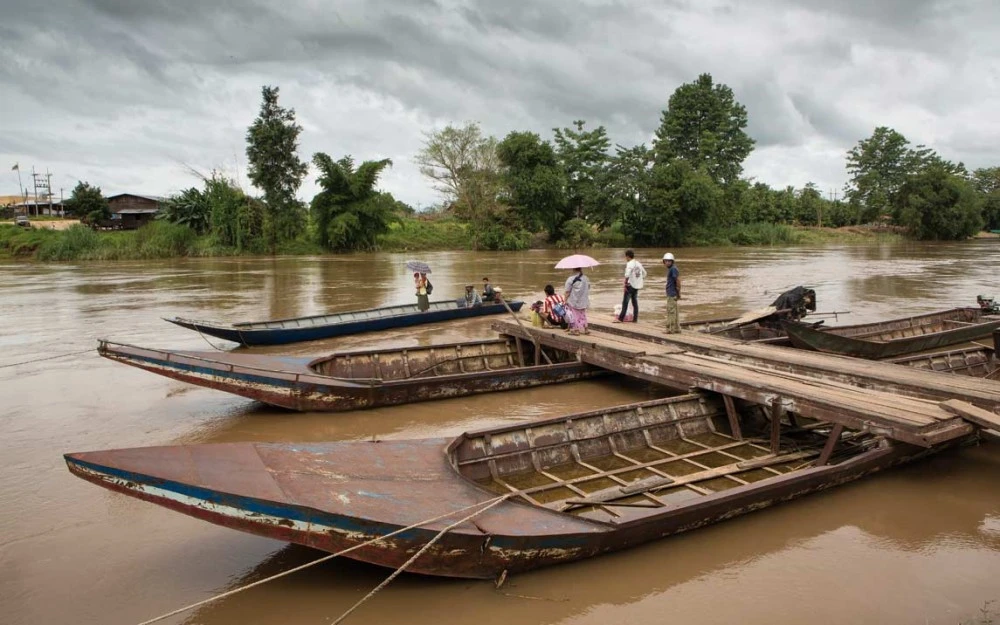
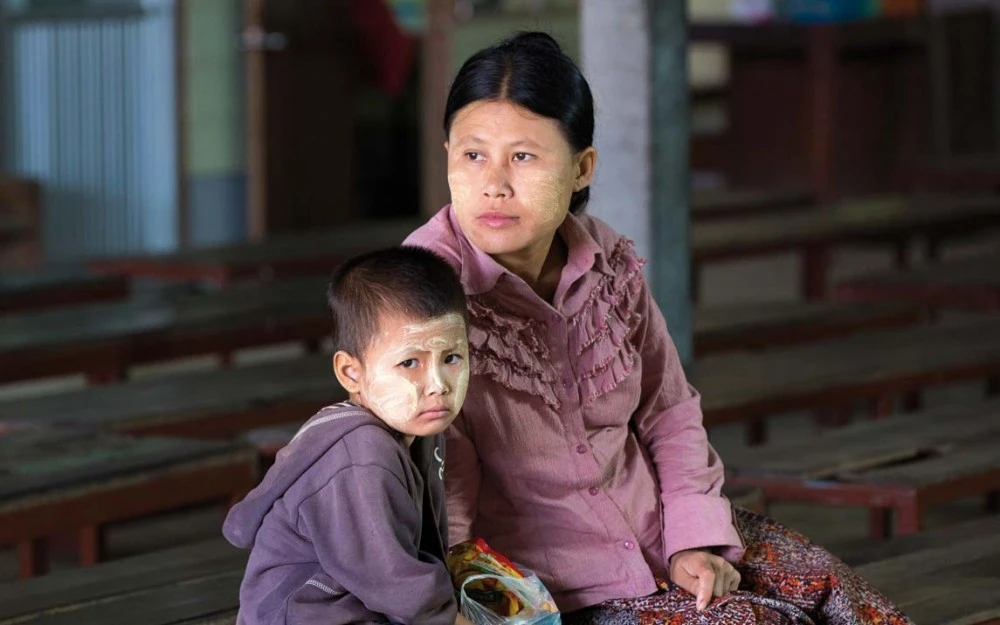
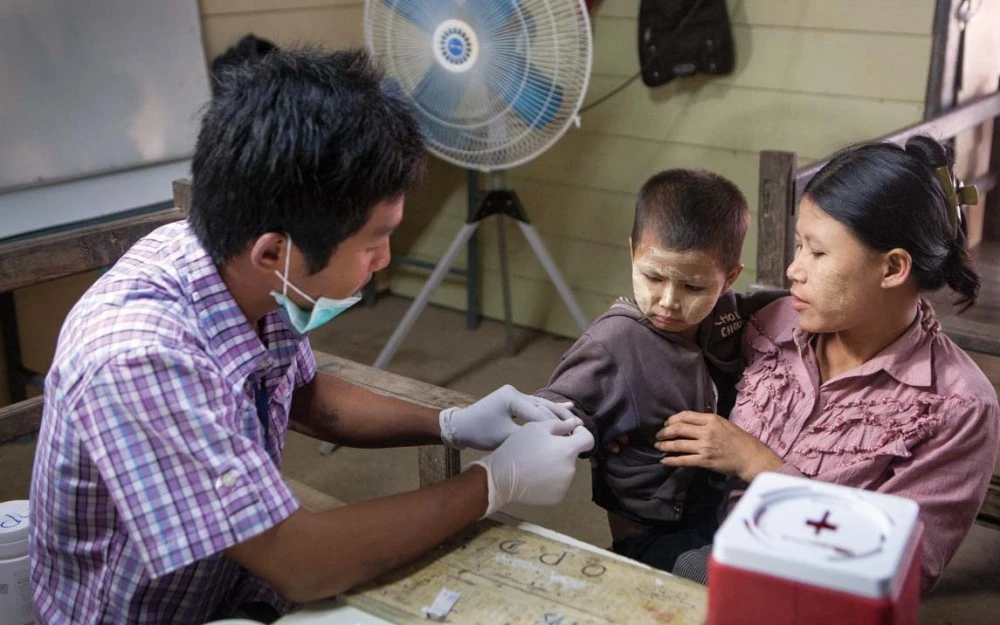
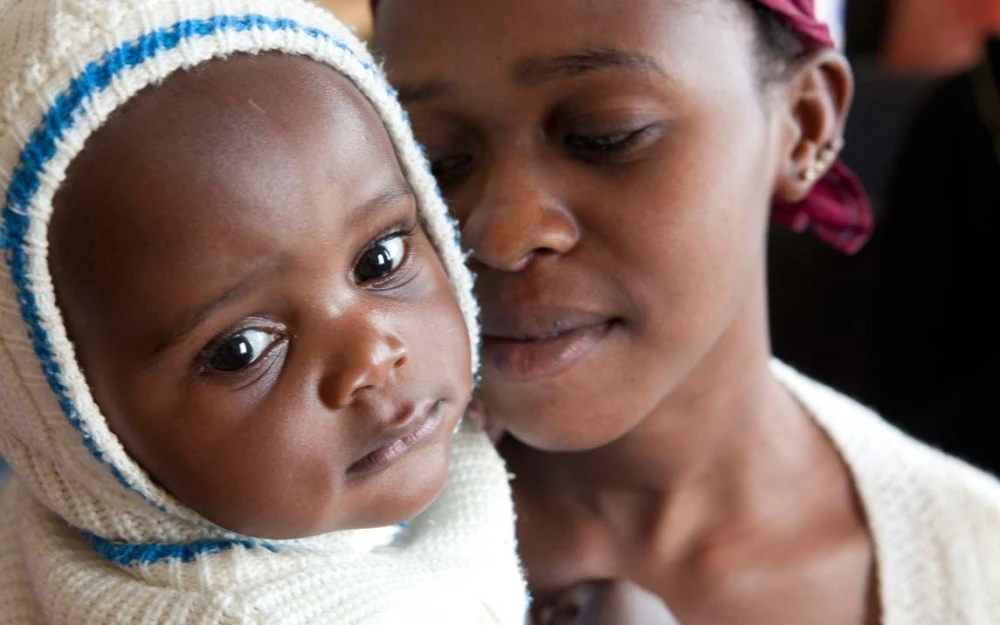

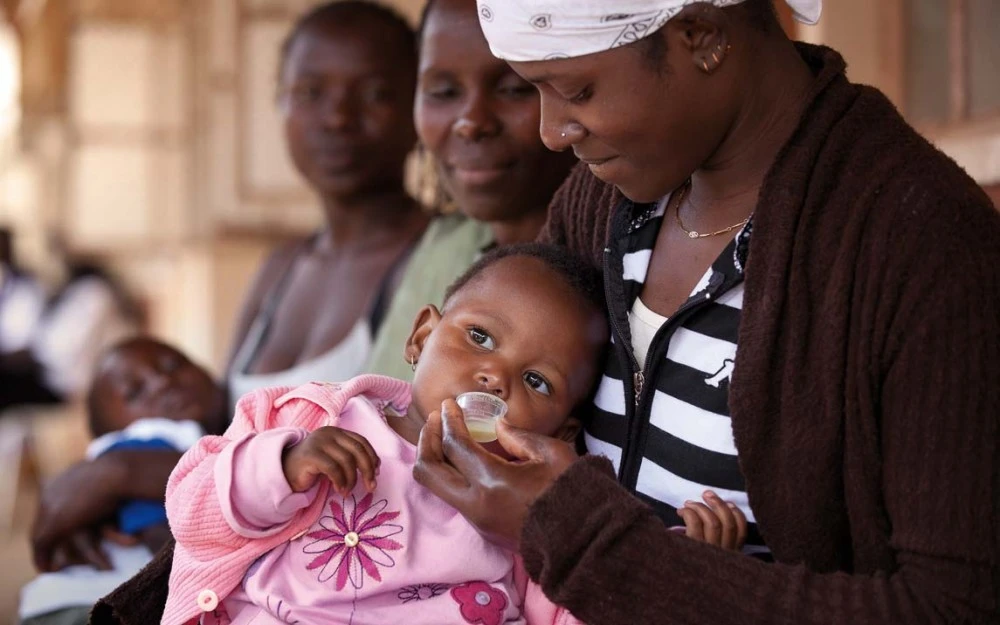
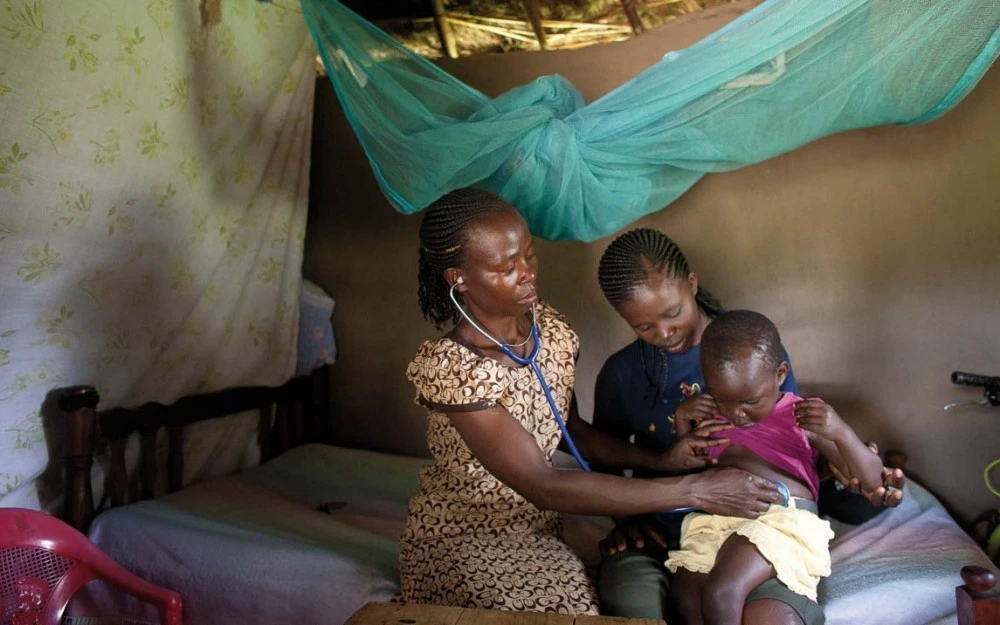
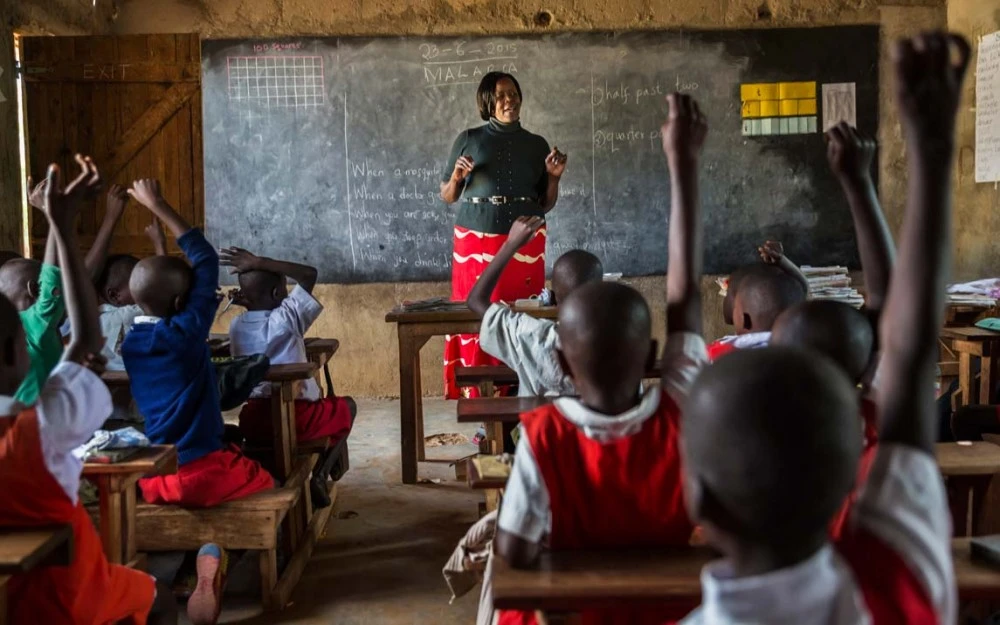


Beating malaria will take a concerted and coordinated effort between governments, NGOs and the private sector. Only by working together can we make progress toward eliminating malaria for good.
Learn more about the Novartis Malaria Initiative, and our efforts to improve access to treatment, help communities in malaria-endemic countries deliver better healthcare and research and develop the next generation of antimalarials.
Community healthcare workers are key in the fight to #endmalaria. Here’s a collection of scenes on the ground


